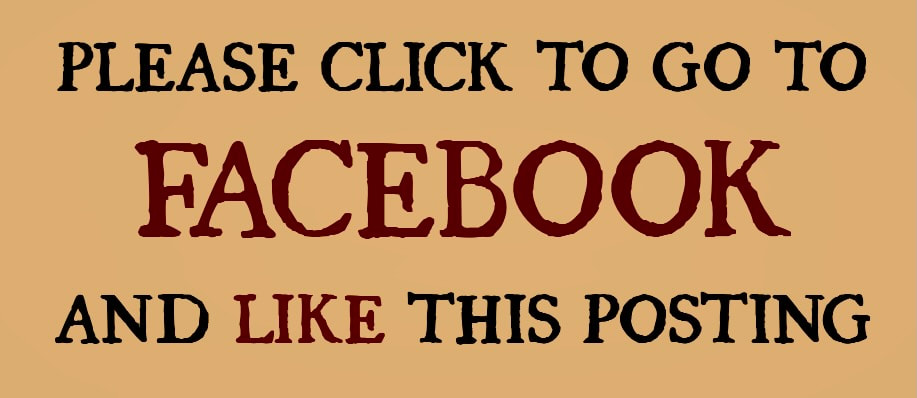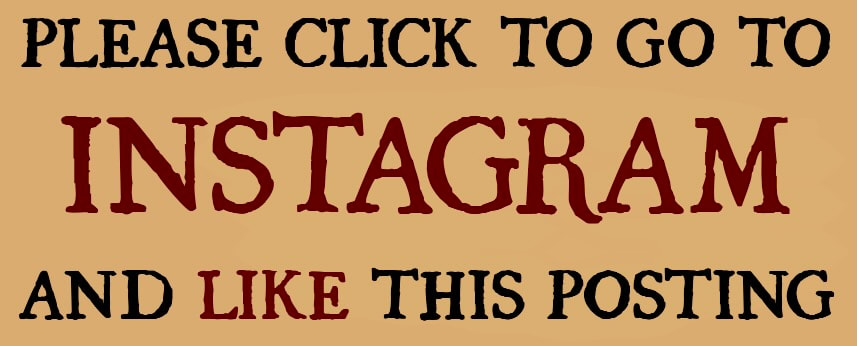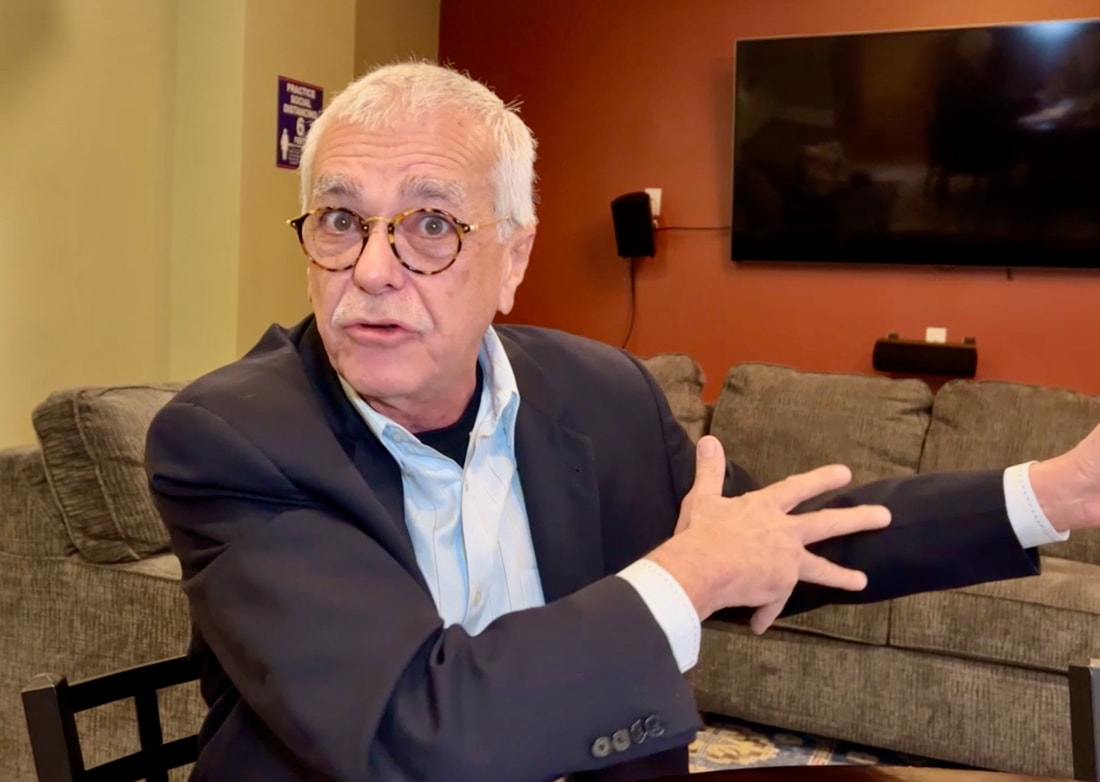Let's Celebrate Three Kings Day!
|
By Miguel Pérez
January 4, 2024 - To many U.S. Hispanics, they are much more than figurines in the Nativity mangers under our Christmas trees. They are Melchor, Gaspar and Balthazar, those three magical figures who rode camels and left toys under our beds every Jan. 6 when we were kids. They are the same Wise Men who brought gifts to the Baby Jesus in Bethlehem, according to the Bible, on the 12th day of Christmas. The gospel doesn't specify how many Magi there were, and some eastern Christian denominations, especially the Syriac churches, recognize 12 of them. Yet, since they brought three gifts, most western Christian churches assumed there were three of them. |
En español: ´Celebremos el día de los Reyes! |
|
Los Tres Reyes Magos, as we know them in Spanish, are superstars in the Hispanic world. And they still come around to visit many Hispanic homes — yes, even after we immigrate to the United States — when we remember to invite them!
After all, most foreign-born U.S. Hispanics grew up receiving gifts not from Santa Claus on Christmas Day, but from the Three Wise Men on Jan. 6 — the day Catholics celebrate the Feast of the Epiphany. For many of us, it would be imposible to forget them, how we left grass and water for their camels, how we found our gifts under our beds the following morning. Indeed they gave us some of the best times of our lives! |
|
|
It's a wonderful tradition that came to the New World — including current U.S. territory — with the Spanish conquistadors. The first Christmas and Three Kings Day in what is now the United States were celebrated in 1539-40 by Hernando De Soto, 12 Catholic priests and some 600 conquistadors, who had camped for the winter in Anhaica, a Native American village now known as Tallahassee, the capital of Florida.
Those of us who still cherish that tradition and want to pass it on to our children have been fighting an uphill battle in this country for many years. We host some Three Kings Day festivities and try to keep the tradition alive in some homes. But Santa's popularity has been overpowering. |
|
|
Hispanics in the United States are often (unfairly) accused of being reluctant to assimilate into American society, yet this is one example of how quickly that assimilation is occurring. The speed with which some of us embrace Santa and forget the Three Wise Men is, frankly, shameful! This is our own holiday for Hispanic children, and those who value our heritage in this country, must refuse to let it fade into oblivion.
Of course, Santa also should be welcome in our homes, but not at the expense of our own precious holiday. Instead of allowing Santa to give away all the presents, surely we can ask him to set some aside for the Three Wise Men. |
|
|
For the child that is still alive in many adult U.S. Hispanics, this should be the time to dig out the roots of our culture and pass our traditions to younger generations. Just as we teach our children that there is a Santa Claus capable of flying on a sleigh, surely we can explain — as our parents did with us — that worldwide overnight toy delivery also can be accomplished by three kings riding on camels.
By maintaining the Three Kings Day tradition — through religious observances, musical concerts, toy drives and even a children's parade featuring three wise men riding camels through the streets of Manhattan — some Hispanic parents have been able to instill ethnic pride in their children at a very young age. Having their own Hispanic holiday gets children started in observing the traditions of their ancestors. |
|
|
In Hispanic communities throughout this country, January 6 is also the time for families to break bread together, a very special kind of bread: Rosca de los Reyes (Kings' Cake). This traditional sweet bread, oval-shaped and decorated with dried fruits to resemble a crown, gives Hispanic bakeries a huge business boost at the beginning of every year. They sell thousands of roscas to Hispanics who feel ethnically and religiously invigorated by consuming them. Within the dough, inside each rosca, bakers traditionally hide a tiny, plastic Baby Jesus, to represent Mary and Joseph hiding their child from King Herod. However, tradition requires that whoever gets the rosca slice that has the Jesus figurine is obligated to cook a meal for the rest of the family, drawing everyone closer to each other, and to Jesus! Not all Hispanic communities practice the rosca tradition, but those that do are surely enriched by it.
|
|
|
But let's be realistic: Three Kings Day is not an oficial American holiday. Government offices will not close; banks will be open; schools will be in session; and few stores will be having special sales. In spite of the rapidly growing purchasing power of the U.S. Hispanic population, unfortunately toy retailers in this country have yet to realize that Three Kings Day is a gold mine waiting to be discovered. Some don't even realize why so many Hispanics are out shopping for toys for several days after Christmas has passed!
Ironically, while Santa often is over-commercialized and the true meaning of Christmas often gets diluted, the Three Wise Men could use a little more commercialization to ensure the survival of one of our most precious Christian traditions. |
|
|
Even in Latin America, where the influence of the U.S. media has caused Santa's popularity to increase dramatically in the past few decades — many people are complaining that old St. Nicholas is replacing the Three Kings and the Christmas story that has a biblical foundation.
On the Internet, some leftist extremists, unable to contain their anti-American sentiments, have turned on Santa Claus, calling him an "impostor" who represents "cultural colonialism." They say the media are trying to impose "a foreign cultural figure" to replace the Hispanic Three Wise Men tradition, and they have built websites and Facebook pages to express their bitterness and anger. But there are many others — an overwhelming majority, of course — who reject such cheap politics and refuse to choose between magical figures who come bearing gifts. They are using social media to write moving testimonials, recalling some of the best times of their lives — brought to them by both Santa and the Three Wise Men. |
|
|
Yet, now it turns out that Santa is not the only one diluting the power of the Magi. Unfortunately, in the last three years, especially in the U.S. media, January 6 has developed a different connotation. Instead of Three Kings Day, one of best days on the calendar, it has become "Insurrection Day" at the U.S. capitol, one of the worst. Instead of a day of love, faith and happiness, it has become a day of hate, lawlessness and controversy.
This means that for U.S. Hispanics, the challenge of keeping the Three Kings tradition alive has become much greater. We cannot allow January 6 to be seen from only that negative perspective. As illustrated by the many photos on this page, many of us are already doing it. These photos were gathered from all over the internet to show how the Three Wise Men are still with us. (If anyone objects to the use any of them, please let me know and I will remove them immediately). But now that one of our most precious traditions is threatened, I hope you will help me renew our fight to save our Three Wise Men. We owe it to our children and grandchildren, and to ourselves! |
Check out my 2001 letter to the Reyes Magos of my youth. Click: Dear Reyes Magos
|





